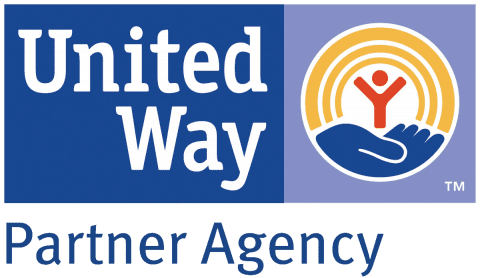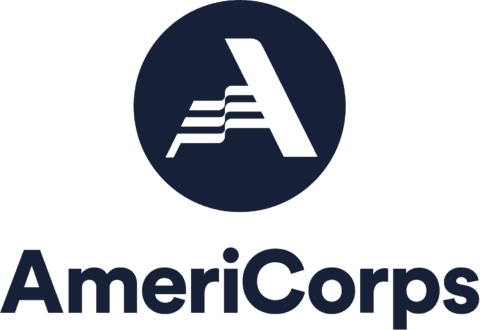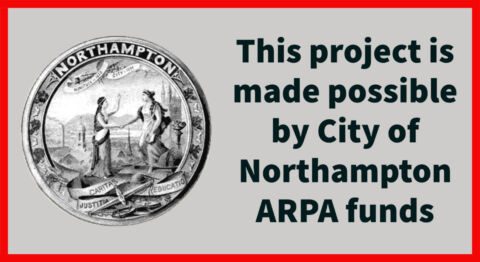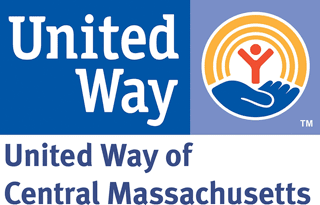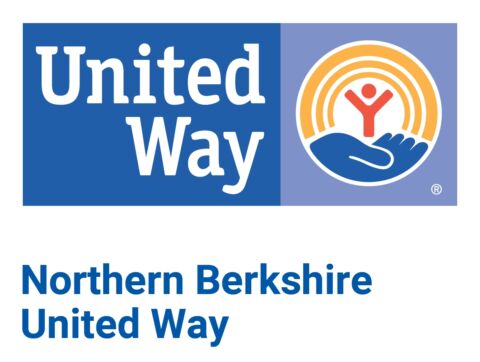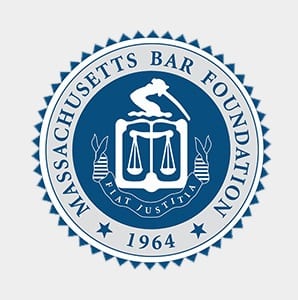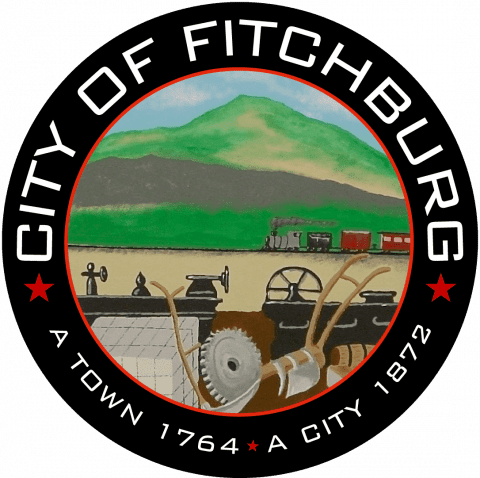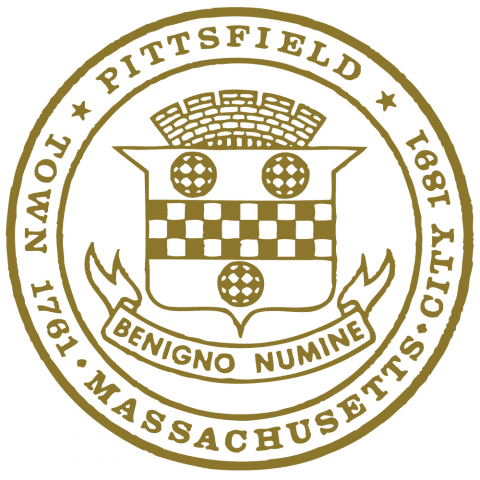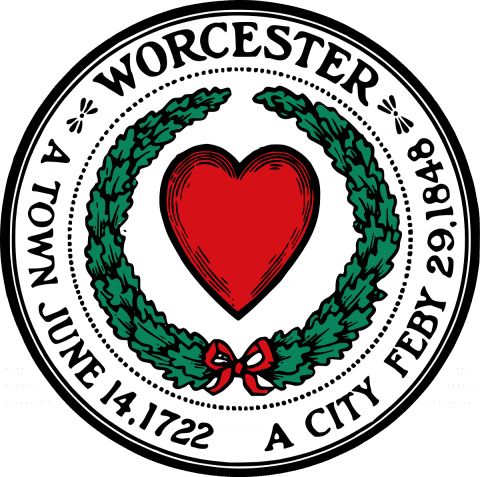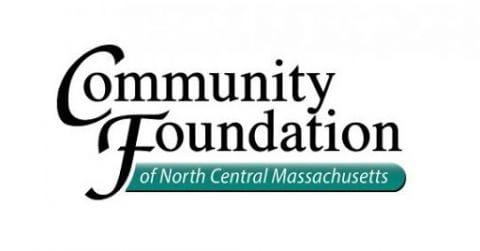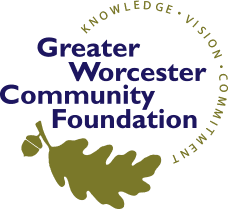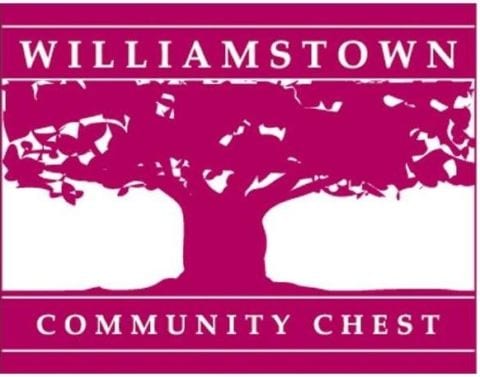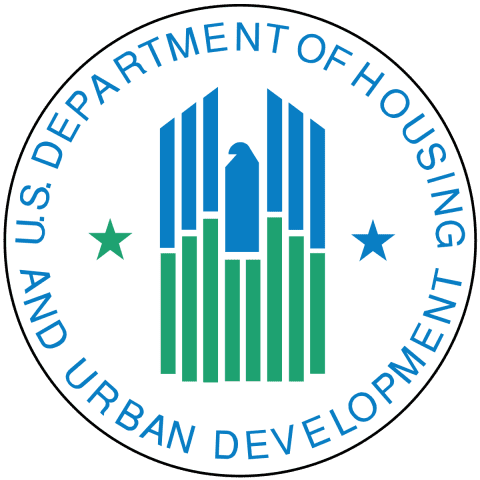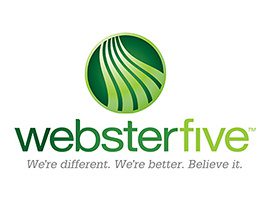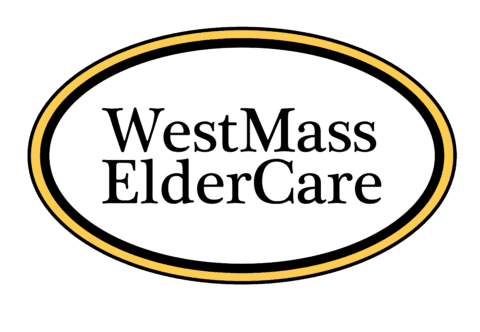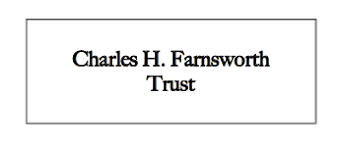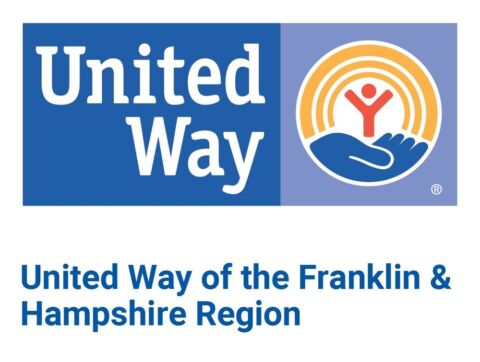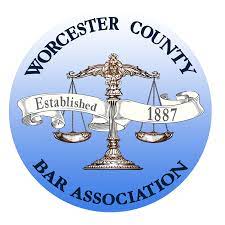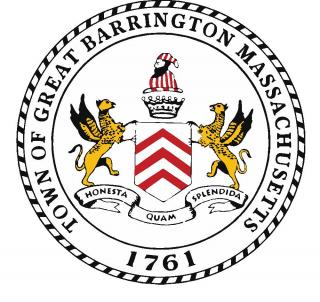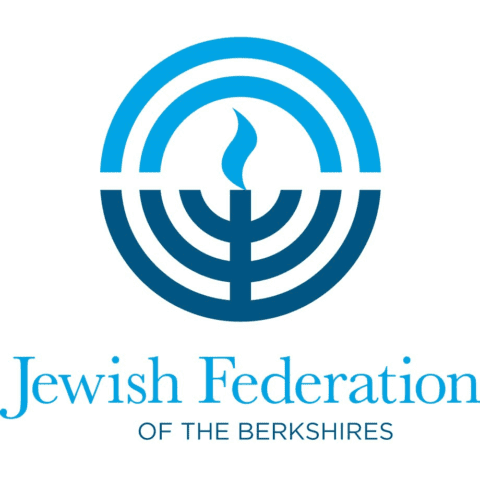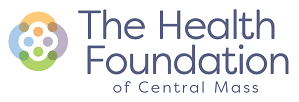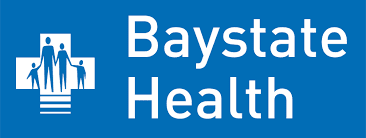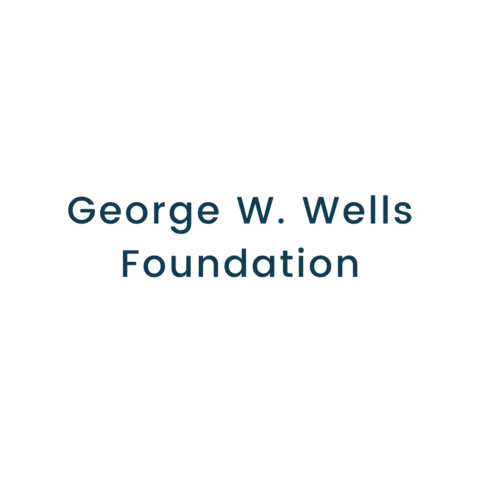
June 1, 2016
CLA’s Medical-Legal Partnership Highlighted in Huffington Post
When Legal Assistance Can Improve Health
Lonnie A. PowersExecutive Director, Massachusetts Legal Assistance Corporation
In April, The National Center for Medical-Legal Partnership (NCMLP), an organization dedicated to “leading health, public health, and legal sectors in an integrated, upstream approach to combating health-harming social conditions,” played host to more than 400 legal and health care professionals at its 11th annual Medical-Legal Partnership Summit in Indianapolis. The annual confab seeks to help organizations leverage the various ways in which civil legal aid—free legal assistance and representation for low-income people facing non-criminal legal issues—can protect individual and public health.
The idea that legal assistance could impact public health was proved in 1975, when California Rural Legal Assistance won a groundbreaking victory in Carmona v. Division of Industrial Safety, which banned the use of short-handled hoes by farm workers because they forced workers to stay bent over for long periods of time, causing them crippling back injuries. Field managers had required the use of short-handled hoes because if they saw workers standing up, they knew they were not doing their work. After the hoes were banned, back injuries among the farm workers dropped more than 30 percent.
More recently in Massachusetts, Greater Boston Legal Services (GBLS) won two victories that enhance the health, safety, and independence of disabled people. First, GBLS settled a federal class action lawsuit against the Massachusetts Department of Transitional Assistance (DTA) for disability discrimination, based on claims that DTA didn’t have adequate systems to provide disabled clients with reasonable accommodations and that it routinely screened out disabled people from food stamp and cash assistance programs in violation of federal law. In a second class action lawsuit, GBLS took on the MBTA, Boston’s regional public transportation system, reaching a settlement requiring the MBTA to improve accessibility to bus and subway services. As a result, the MBTA has made nearly all of its stations fully accessible and has trained staff to respond to the needs of differently abled people using public transportation.
The formal medical-legal partnership model was created at Boston Medical Center (BMC) in the 1990s, when Dr. Barry Zuckerman, then the chief of pediatrics, became frustrated by the lack of clinical progress of his young patients as a result of substandard housing, poor nutrition, and other life circumstances―what are known as “social determinants of health.” Zuckerman hired a part-time attorney from Greater Boston Legal Services for the Pediatrics Department to assist his patients in addressing these unmet needs. The success of the program ultimately led to the creation of NCMLP.
Today, there are nearly 300 medical-legal partnerships in health care facilities in 36 states, including a partnership launched last September between Community Legal Aid and UMass Memorial Health Care in Worcester. Medical-legal partnerships involve embedding lawyers and paralegals in the medical setting to ensure that patients can meet basic needs for food, housing and utilities, education, employment, health care, and personal and family stability and safety―all of which are essential ingredients to maintaining good health. The concept is best encapsulated by the description of a September 2015 segment of PBS NewsHourthat examined a medical-legal partnership in Nebraska: “What happens when a little boy gets a lifesaving bone marrow transplant for his leukemia, but can’t return home because the house he lives in has cockroaches that threaten his recovery? His doctor calls a lawyer.”
The partnerships go far beyond direct advocacy to encompass training for health care workers to identify health-harming social conditions, reforming clinical practice and institutional policies to better respond to patients experiencing health-harming conditions, and preventing such conditions by detecting the broader societal patterns that create them and advocating for policy and regulatory remedies.
Medical-legal partnerships are taking off as health care providers increasingly acknowledge their positive effects on patient health, the ability of health care workers to better understand and screen patients for social determinants of health, and in reining in health care costs. A study of a medical-legal partnership in California, for example, found that two-thirds of the families who participated in the program reported improved child health and well-being. Another study, which focused on a collaboration in Georgia, found increased physician satisfaction, a bump in Medicaid reimbursements to the partnering hospitals for their services, and a savings of $10,000 in annual continuing education costs.
From migrant farmworkers in California in the 1970s to disabled people in Massachusetts three decades later, civil legal aid organizations have long demonstrated expertise in identifying and rectifying the environmental factors that adversely impact the health and safety of vulnerable and underserved communities. Institutionalizing that expertise on the health care continuum through medical-legal partnerships is a logical step that enables our health care system to treat our most complex and vulnerable patients more effectively, efficiently, and cheaply. And that benefits all of us.
Read full story here: http://www.huffingtonpost.com/lonnie-a-powers/when-legal-assistance-can_b_10221888.html


